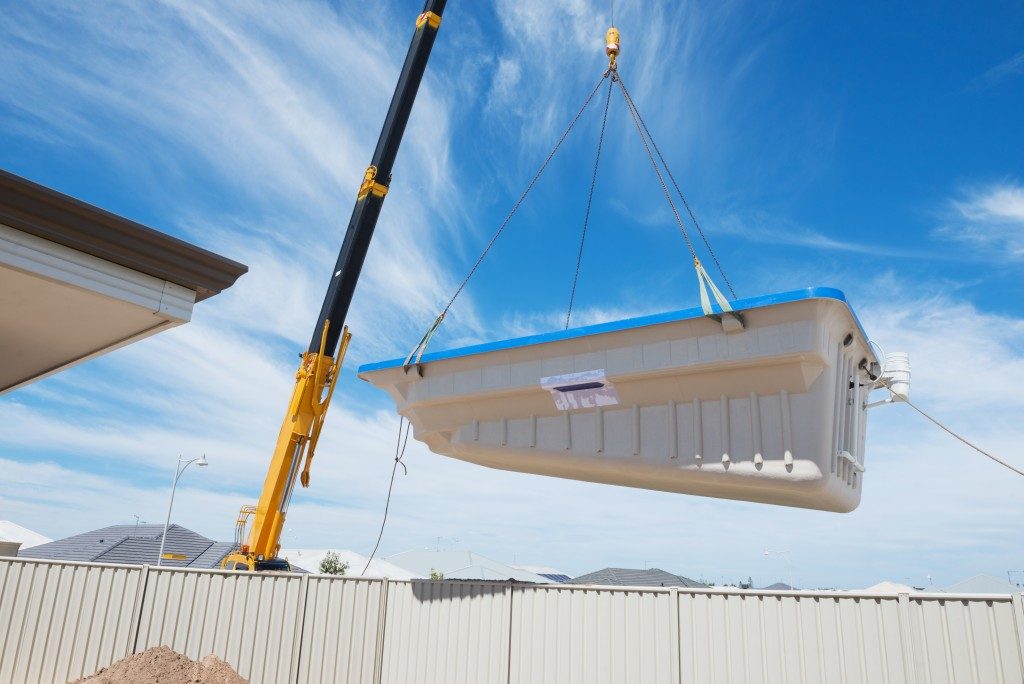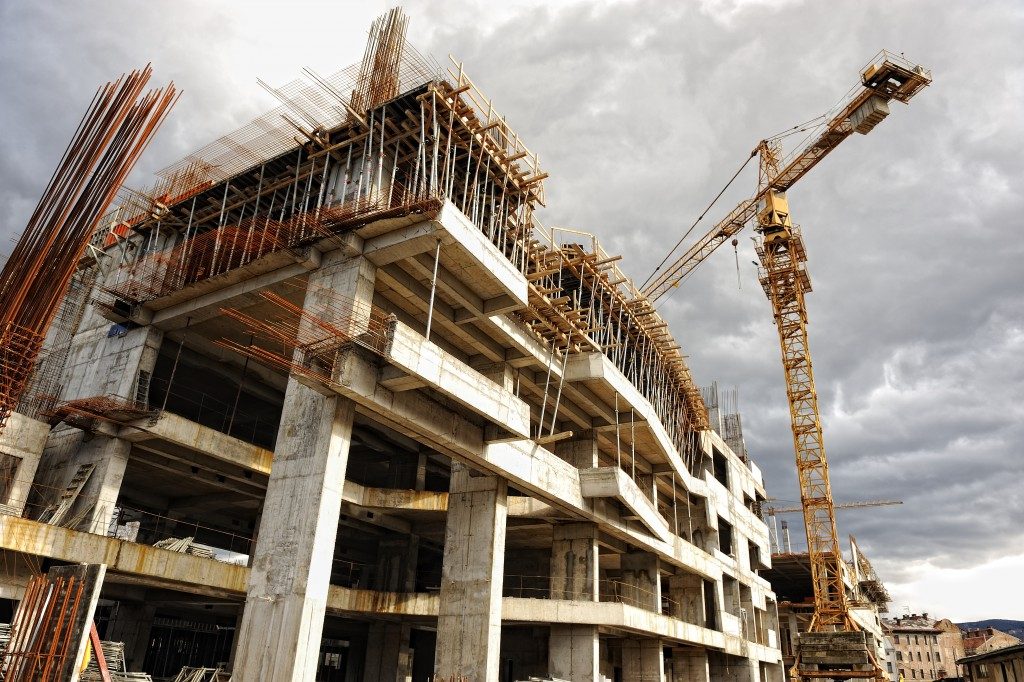Crane life boxes are used to deliver products from your warehouse to your construction area. To ensure that all your valuable construction tools and parts are transported safely and won’t be stolen, using top-quality lifting cages for cranes is a better solution. Available in a standard size to extra-large cages, the equipment serves as space-saving storage and gives you the convenience to lift a load weighing up to 1,000 kg.
Electrical Hazards
When the machinery comes into contact with a power source during operation, especially with a high-voltage power line, it poses a high risk to both the person operating the equipment and all the personnel in the worksite. A single contact of the metal part of the crane with power lines can lead to multiple deaths and injuries.
Each year, approximately 200 people pass away due to electrocution at the construction site. Mishaps involving power lines happen because some workers fail to consider preventive measures to avoid hazards in the workplace.
Overloading
Most crane mishaps happen due to exceeding the crane’s operational capacity. When the crane can’t handle the load, the machine experiences structural stresses, resulting in equipment damage. Another factor that frequently damages the system is sudden dropping of the charge. To avoid human error, don’t hire poorly trained personnel for the undertaking. Choose the one who knows the weight of the load and the capacity of the crane.

Materials Falling
The materials falling in the construction site have been resulting in significant numbers of injuries and deaths in Australia. Why? Some workers are not adequately securing the items and the equipment before doing the lifting process. So, how can you prevent crane lifting mishaps? Invest in the right tools and equipment. Utilizing lifting cages is a safer option in the construction site.
Crane Lifting Tragedies
Working with overhead cranes is a dangerous job. Lack of control measures involving tower cranes, improper use of the equipment, and non-compliant tools can result in severe injuries and deaths. Also, falling loads are among the most common perils, not to mention the significant structural damage to property.
From 2004 to 213, 359 workers lost their lives in the Australian construction industry because of work-related mishaps. This was noted by the National Coroners’ Information System or NCIS, the 1st national database for coronial information across the globe.
The authorized person who investigates vehement, immediate, or doubtful deaths is the coroner. In other words, they identify the manners and causes of death by conducting post mortem examination or autopsy. Once the coroner has been notified, a coronial investigation takes place, which involves the following:
- knowing the identity of the person
- when, where, and how the person died
- the medical cause of demise
The post mortem examination provides detailed information about the health of the deceased person and gives an insight into possible factors which may have contributed to his passing. After the coronial investigation has been concluded, the coronial information becomes available and stored in the database.

Crane Lifting Safety
The person who will be assigned to the job involving a tower crane must have completed the required safety training. Thorough understanding of proper lifting techniques and best practices is crucial.
Here are the essential things to consider to ensure safe crane lifts:
- Making a visual checkup of the equipment
- Assessing site conditions and potential hazards
- Confirming the stability zone of the equipment
- Making sure the stabilizers are fully deployed
- Inspecting the rigging
- Ensuring that all protective devices are in place
- Guaranteeing that each worker has a safe distance from the equipment, the loads, and any other items within the lift area and its borders
- Making sure the loads to be carried are within the crane’s capability per the owner’s manual
- Complying to load lift limits
- Situating the crane as close as possible to the load being lifted
- Keeping the charges as low to the ground as possible
- Stowing the crane, stabilizers, winches, and any other moving items properly
- Making sure the load is secure
- Avoiding placing the crane to unsafe areas
If there is an inadequate risk management system, your business is wasting time and money. Find a reliable company that can provide high-quality tools and pieces of equipment to make your life easier and your business secure and compliant.

